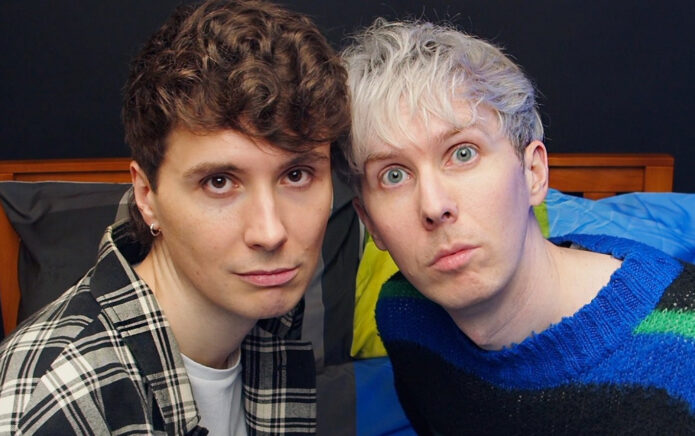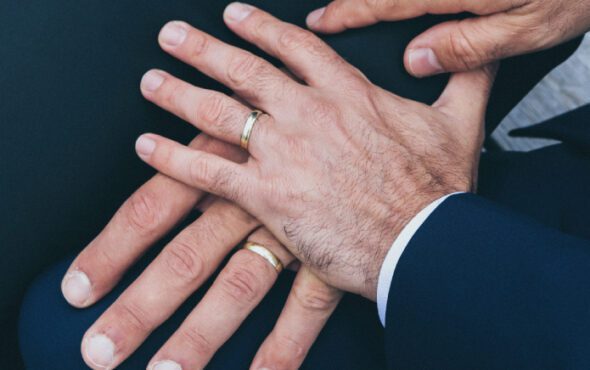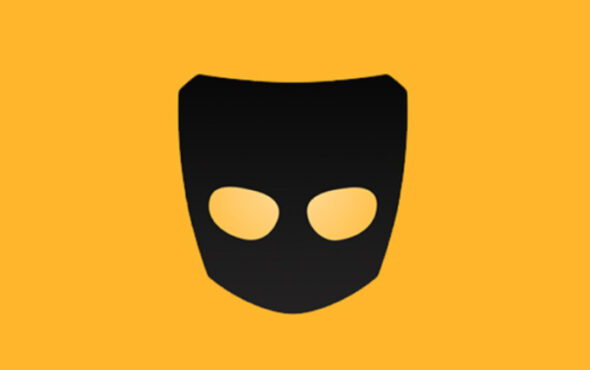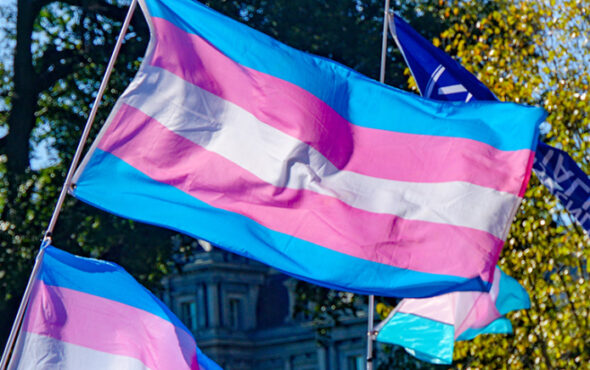
I created my first Instagram account in March 2015 when I was 13 years old. Back then, social media was just a space for me to share photos of my cats and keep an eye on whatever One Direction was up to. Fast forward 10 years, and social media is now a tool I use to keep in touch with family and follow along with politics – while still, of course, sharing photos of my cat.
I’ve always had quite a toxic relationship with social media. I’ve gone back and forth on the idea of deleting all of my accounts and never touching an app again, but I could never bring myself to do it. As someone who has moved cross country multiple times, I don’t want to lose contact with almost everyone I grew up with, and social media is an amazing tool to discover and connect with LGBTQIA+ communities that I wouldn’t have otherwise found. The truth is, I’d feel extremely lonely if it wasn’t for social media.
Though it’s important to me to keep up with current events, the whiplash of scrolling from a cute guinea pig video to a violent debate over basic human rights was starting to have a serious effect on my mental health. I was doom scrolling more than ever, to the point where I needed to put a one hour screen time limit on certain apps for my own sanity.
So, I decided to create myself a digital safe space, a place where I could access the positive, uplifting side of social media, while avoiding the content that was impacting my mental health.
I recently created a brand new account to share my artwork, but I made an effort to only follow other artists and regularly search for arty advice, tips and tricks. The algorithm must have caught on pretty quickly, because suddenly my explore page was entirely made up of artists and small business owners who were sharing their incredible artwork and uplifting each other. All of a sudden I was in a space that was wholeheartedly positive, creative and inspiring.
This wasn’t at all what I was used to on my personal account, which was rampant with politics and people arguing with each other. Of course, the concept of having a second Instagram account wasn’t something that was new to me – I’ve had an account specifically for sharing sunset photography, one for special effects makeup and various “aesthetic accounts” – but this was the first time I intentionally curated an algorithm. It just so happened to be an overwhelmingly positive community I chose to seek out.
When I was in university, the library had a designated ‘safety room’ where I could go to take a breather from exam stress and hang out with some therapy puppies. On trains, I like to sit in the ‘quiet zone’ so I don’t get overwhelmed by rowdy passengers. Safe spaces like these are so important for people’s emotional wellbeing, and it’s important that we create spaces like this online, too, for the sake of our digital wellbeing.
I still use social media to access news, politics and other important topics, as well as to stay in touch with family and friends. But I’m now able to stay informed while giving myself the opportunity to step away whenever I need to. If I’m not in the headspace to potentially see something upsetting, I can step into my digital safe room. Now, when I pick up my phone first thing in the morning, I see drawings of nature and colourful paintings with positive quotes, instead of horrific headlines that would send me into a doom spiral for the rest of the day.
So this Mental Health Awareness Week, ask yourself: what makes you happy on social media? If you could only see one thing when you opened the app what would it be? Art? Cute guinea pig videos? Body positivity? Instead of accepting whatever the algorithm throws your way, remember there are ways to create your own digital safe space, so you have the energy and strength to deal with whatever real life throws at you.
Heather is an ambassador for Just Like Us, the LGBTQIA+ young people’s charity. Just Like Us needs LGBTQIA+ ambassadors aged 18-25 to speak in schools – sign up now.



